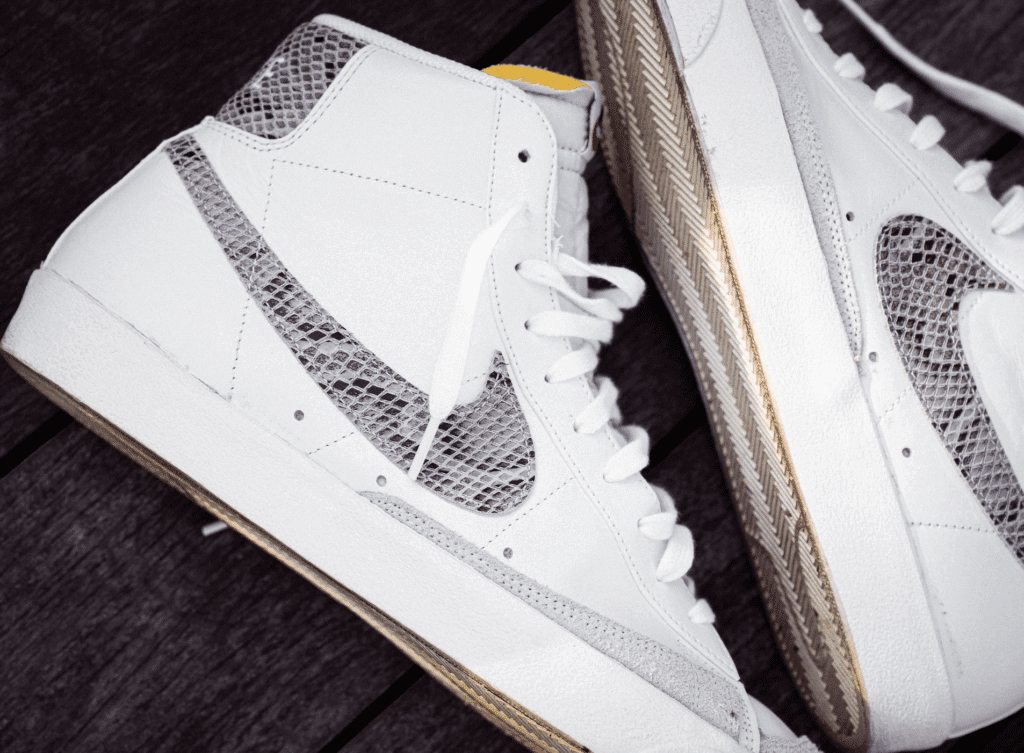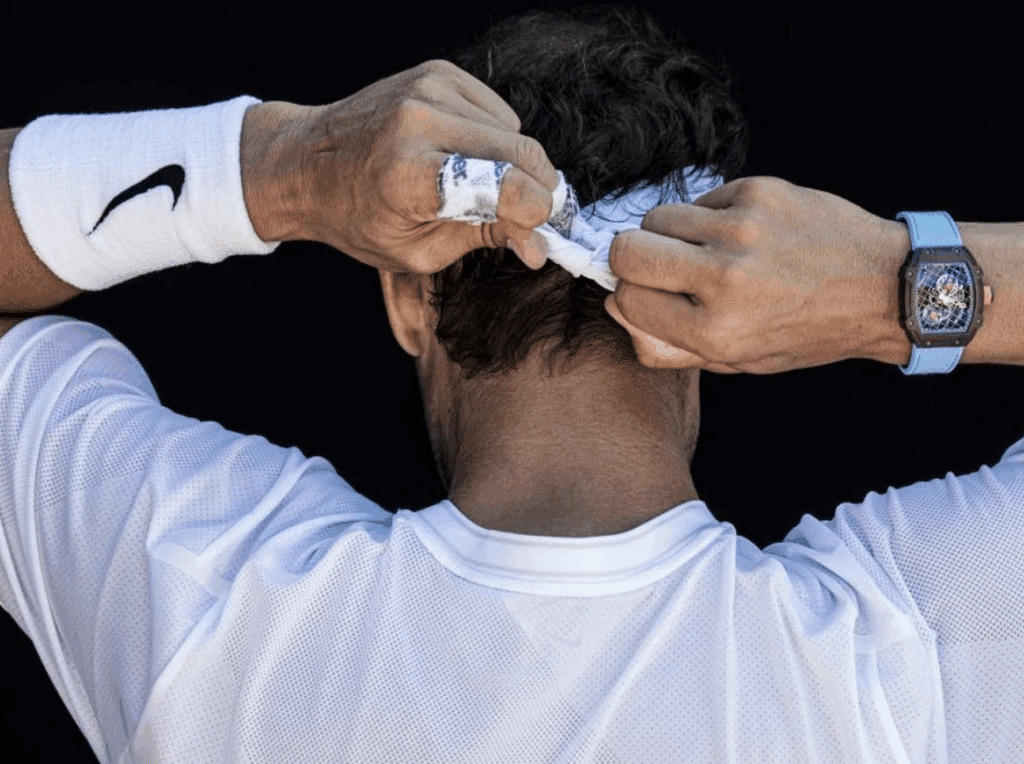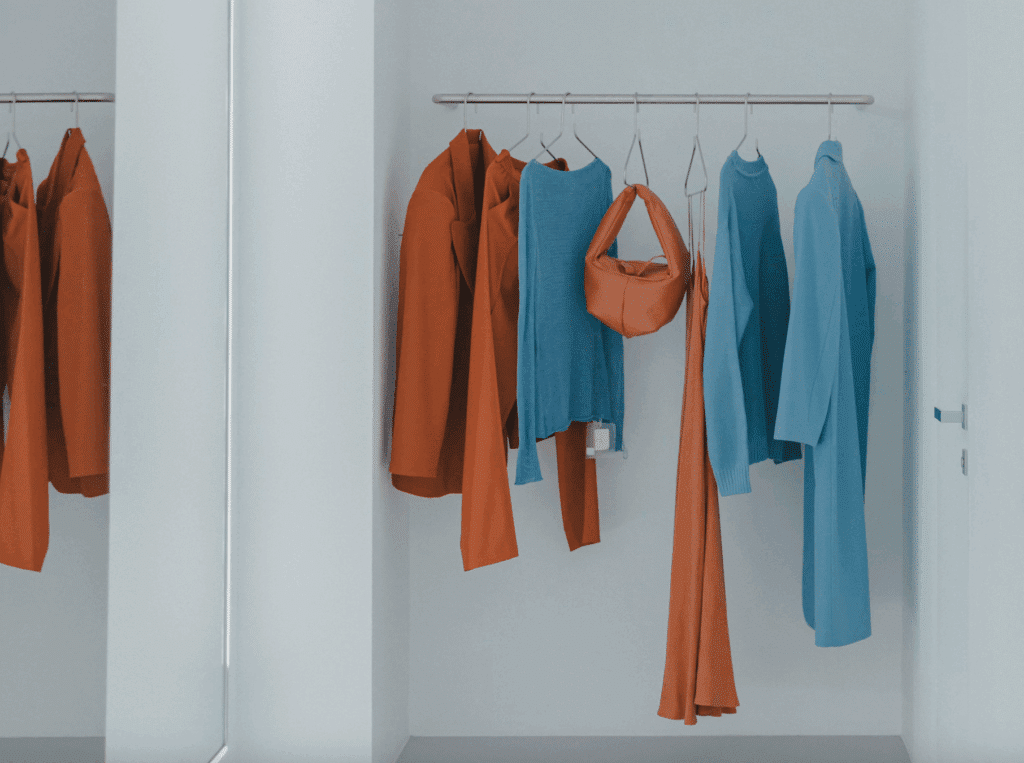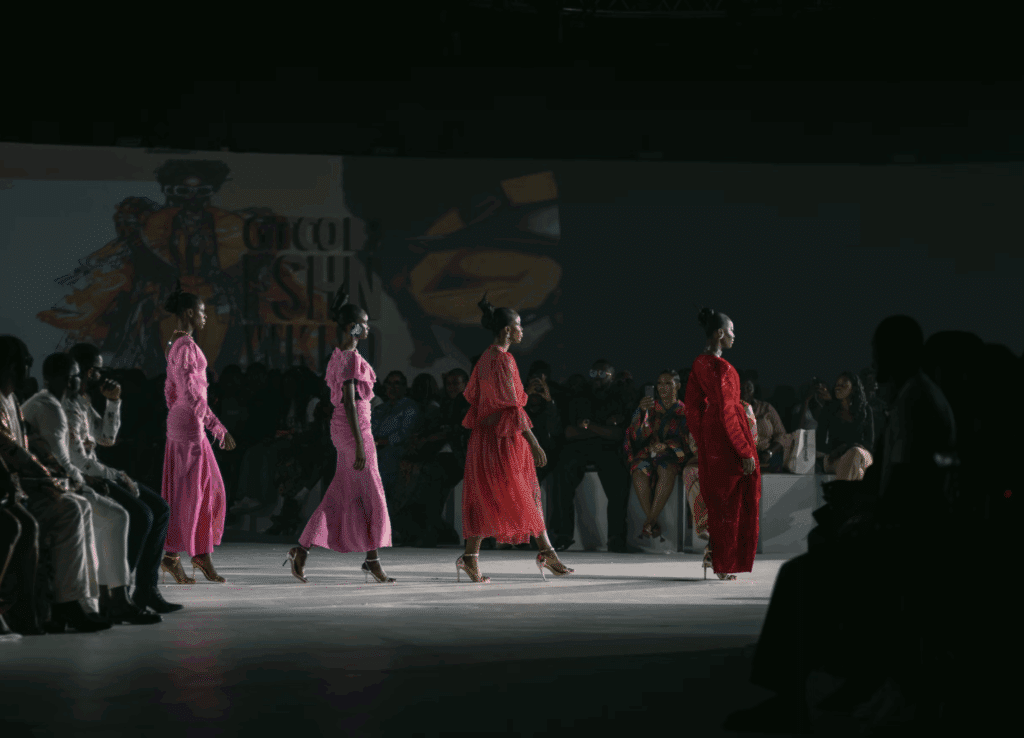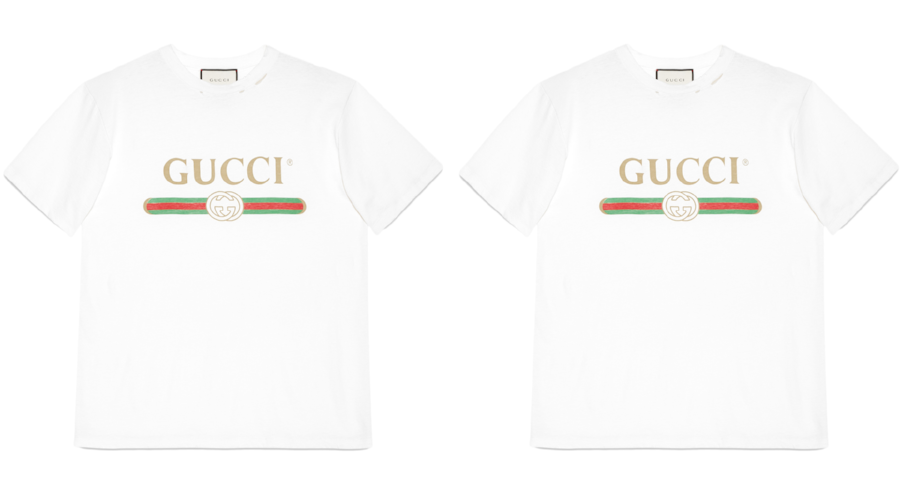
image: eBay
The days of slightly off-kilter fakes found on New York’s Canal Street are gone. “We are now at the point where the fakes are almost identical to the real … where they are almost 99 percent identical.” That was the central theme of a recent video posted by Antonio Linares on his Instagram account, Fake Education. The message echoes a markedly controversial one put forth a couple of years ago by Alibaba founder and chairman Jack Ma, who said, “The problem is the fake products today are of better quality and better price than the real names.”
Speaking to state of counterfeit goods – those that utilize a trademark that is “identical with, or substantially indistinguishable from” a genuine registered trademark and that is used on the same class of goods as the registered mark – Ma elaborated, saying, “They are made in exactly the same factories, with exactly the same raw materials [as authentic goods], but they do not use the names.”
Real or Fake? (Shrug)
With these sentiments in mind and given the ever-increasing rate of technological advancements and growing level of skill in the manufacturing sphere (especially in China), it should come as little surprise that it is becoming increasing difficult – even for experts – to distinguish between authentic goods and counterfeit ones, which is what Linares alluded to in the short video he posted on his account.
As the founder and operator of Fake Education, Detroit-based Linares knows a thing or two about spotting counterfeit goods. He started his educational Instagram account and corresponding website in 2012 after being “scammed multiple times for hundreds, and sometimes thousands of dollars with counterfeit sneakers” that he purchased on eBay.
There were not “any guides or any true trusted sources online for authenticating sneakers,” in 2012, according to Linares, and so, he set out to fill the void.
Lacking a background in law or law enforcement (the latter of which tends to be the background of choice for many of the individuals that big brands bring in-house to work with legal counsel in identifying and ultimately, confiscating fakes), Linares looked to “self-education,” he says. “I started to research the counterfeit industry, doing comparisons of real and fake sneaker models to arm myself with knowledge to ensure that I would never be ripped off again.”
Linares, who is now in his late 20’s, ultimately decided to share these “comparisons on social media because I didn’t want anyone else to get scammed like I did.”
Now, almost six years later, Linares says he has “built the world’s first authentication guide that helps millions of people on a weekly basis from getting scammed.” And the numbers are certainly substantial. His Instagram account boasts over 600,000 followers and 20 million weekly impressions. As for the content, itself, Linares has branched out from focusing exclusively on footwear – most centrally authentic and counterfeit Yeezy sneakers – to garments, most of which are Supreme in origin.
Linares’ focus can be so micro at times that the side-by-side imagery includes the labels that adorn real versus fake Supreme t-shirts, the red hang tags that come attached to Virgil Abloh’s Nike sneakers, or even the proper stitching for Supreme embroidered garments.
The Problem … for Brands
In the video at issue, Linares – responding to backlash from followers who complained that his recent comparisons between authentic and counterfeit Yeezy 350 sneakers lacked depth – sheds light on a growing problem for brands. “We are now at the point where the fakes are almost identical to the real … where the fakes are almost 99 percent identical,” he says.
A brief survey of the many of the comments on the video paints a striking picture of the battle that brands now face as the quality and accuracy of counterfeit goods continues to rise. “You know what that means, kids … go buy the fakes and nobody will know,” wrote one follower. “If that’s the case, where do I buy the fake for a cheaper price?” asked another. Finally, “This begs the question, why would anyone waste their time and effort to buy retail Yeezys … when China offers you the exact same shoe for cheaper and it’s always in stock.”
Brands – ranging from mainstream entities like Ugg and adidas to luxury brands, such as Chanel and Louis Vuitton – have spent decades and hefty amounts of money in waging the unending the battle against counterfeits. This fight has proven especially frustrating in the digital age, when counterfeit-selling websites have saturated the web. And when one – or even a few – of these counterfeit-hawking sites are removed as a result of legal proceedings, several others pop up in their places almost instantaneously, prompting many to liken such efforts to the game of Whac-a-Mole.
All the while, the operators of these websites walk away scot-free, since the sites, themselves, are routinely registered using fake names and hidden behind various layers of fictitious contact information, and as a result, when lawsuits are filed, there is no one to hold accountable.
Add to this already tiresome set of circumstances, the increased difficulty that brands will almost certainly face in attempting to deter consumers from buying almost exact – or as Linares puts it, “99 percent identical” – counterfeit versions of their products for a small fraction of the price.
As one of Linares followers suggests, “These billion-dollar shoe companies will now have to come up with watermarks and other ways to convey that they are real.” The problem with that: Just as adidas’ Boost technology – which makes up the heel of its hot-selling Yeezy Boosts – can be faked, so, too, can watermarks, making this a time consuming and expensive fight with no real end in sight.











